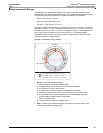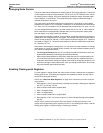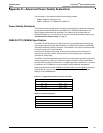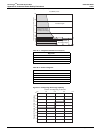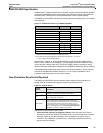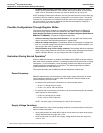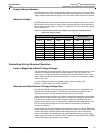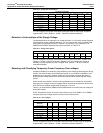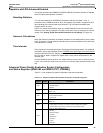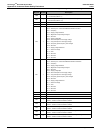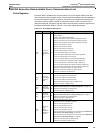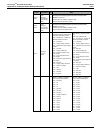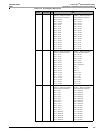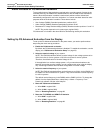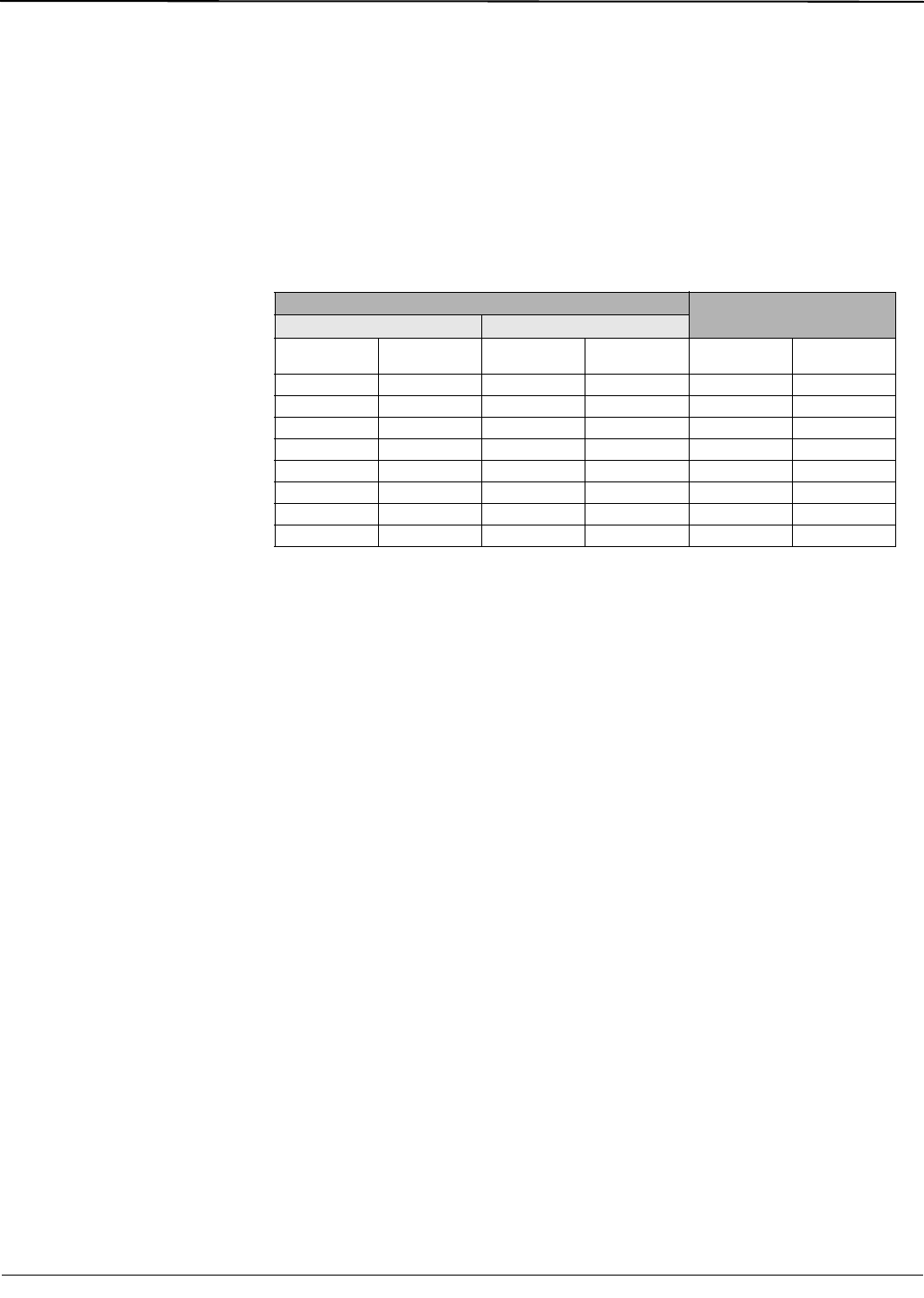
© 2011 Schneider Electric. All Rights Reserved.
63230-500-225A2 PowerLogic
TM
Series 800 Power Meter
3/2011 Appendix D—Advanced Power Quality Evaluations
97
Supply Voltage Unbalance
EN50160 states that, under normal operating conditions, during each period of one week,
95% of the ten minute mean rms values of the negative phase sequence component of the
supply voltage shall be within the range 0–2% of the positive phase sequence component.
Harmonic Voltage
EN50160 states that, under normal operating conditions, during each period of one week,
95% of the ten minute mean rms values of each individual harmonic voltage shall be less
than or equal to the value given in Table D–7. Additionally, the THD of the supply voltage
shall be less than 8%.
Evaluations During Abnormal Operation
Count of Magnitude of Rapid Voltage Changes
The standard does not specify the rate of change of the voltage for this evaluation. For this
evaluation, the PM850 and the PM870 counts a change of 5% nominal and 10%
nominal from one one-second meter cycle to the next one-second meter cycle. It counts
rapid voltage decreases and increases separately. The interval for accumulation of these
events is one week.
You can configure the number of allowable events per week in register 3917.
(Default = -32768 = Pass/Fail evaluation disabled.)
Detection and Classification of Supply Voltage Dips
According to EN50160, voltage dips are generally caused by faults in installations or the
electrical utility distribution system. The faults are unpredictable and frequency varies
depending on the type of power system and where events are monitored.
Under normal operating conditions, the number of voltage dips expected may be anywhere
from less than a hundred to nearly a thousand. The majority of voltage dips last less than
one second with a depth less than 60%. However, voltage dips of greater depth and
duration can occasionally occur. In some regions, voltage dips with depths between 10%
and 15% of the nominal voltage are common because of the switching of loads at a
customer’s installation.
Supply voltage dips are under-voltage events that last from 10 ms to 1 minute. Magnitudes
are the minimum rms values during the event. Disturbance alarms are used to detect these
events in the PM870. Standard speed under-voltage alarms are used to detect these
events in the PM850. The standard does not specifically address how to classify supply
voltage dips or how many are allowable. Table D–8 shows how the PM850 and the PM870
detect and classify the dips for each phase voltage.
Table D–7: Values of individual harmonic voltages at the supply terminals for orders up
to 25 in % of nominal voltage
Odd Harmonics
Even Harmonics
Not Multiples of 3 Multiples of 3
Order h
Relative
Voltage
Order h
Relative
Voltage
Order h
Relative
Voltage
56%35%22%
7 5% 9 1.5% 4 1%
11 3.5% 15 0.5% 6...24 0.5%
13 3% 21 0.5%
17 2%
19 1.5%
23 1.5%
25
NOTE: No values are given for harmonics of order higher than 25, as they are usually small, but largely
unpredictable because of resonance effects.



